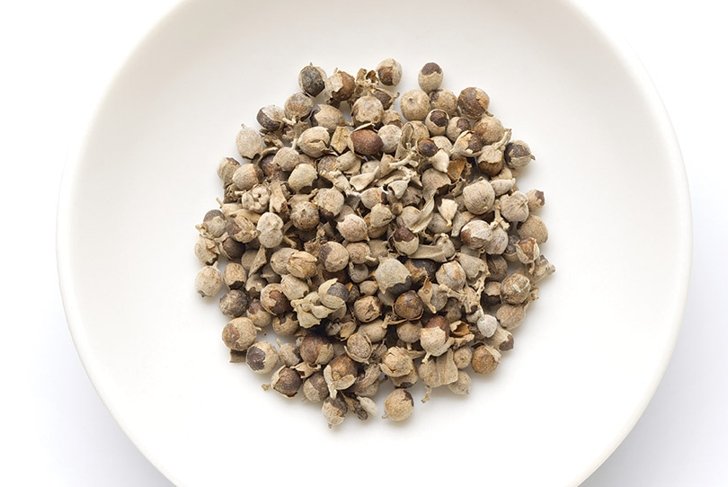
If you suffer from endometriosis, check out these natural ways to reduce and manage its pain.
Endometriosis affects up to 10 percent of women of reproductive age and is a cause of chronic pelvic pain as well as infertility. Symptoms may begin as early as the teenage years and include severe period pain, which may be disabling and accompanied by severe back pain, nausea, and vomiting.
Conventional treatment
Conventional treatment of endometriosis involves surgery as well as hormonal suppression of ovulation and the menstrual cycle; however, these treatments are invasive and suppressive, and symptoms may recur. Natural treatment options for endometriosis may pose a viable alternative for many women.
Endometriosis is characterized by the implantation of endometrial tissue, which normally lines the inside of the uterus and is shed with each menstrual period, in sites outside the uterus, such as on the ovaries or the colon. In addition to severe menstrual pain, other symptoms may include pain during urination, a bowel movement, or sexual intercourse.
At a biochemical level, endometriosis is characterized by estrogen dominance as well as the presence of chronic inflammation. These two areas are treatment targets for select natural health products and therapies.
Natural treatments
Supplements
Chaste tree berry (Vitex agnus-castus) helps reduce estrogen dominance by supporting progesterone production and good quality ovulation. Progesterone supplementation may also be indicated during the luteal phase (second half) of the menstrual cycle; however, this should be done only under the supervision of a licensed health care practitioner.
Agents such as the omega-3 fatty acids eicosapentaenoic acid (EPA) and docosahexaenoic acid (DHA) and curcumin, an active constituent of turmeric, possess anti-inflammatory effects. Women with endometriosis have been shown to have lower levels of EPA compared to women without endometriosis. Curcumin has been shown to inhibit endometriosis by decreasing inflammation in endometrial cells as well as reducing estradiol production (a form of estrogen made by the ovaries).
Dietary factors
Finally, dietary influences may contribute to the presence of chronic inflammation. Some data suggest that, compared to healthy women, women with endometriosis may be eating fewer vegetables and omega-3 polyunsaturated fatty acids and more red meat, coffee, and trans fats.
In addition, consumption of foods that trigger an immune response within the body may be an important factor in the persistence of chronic inflammation. People are commonly sensitive to foods such as dairy, wheat, gluten, soy, and other grains. One study showed improvement of endometriosis-associated pelvic pain in up to 75 percent of women who followed a gluten-free diet for 12 months.



